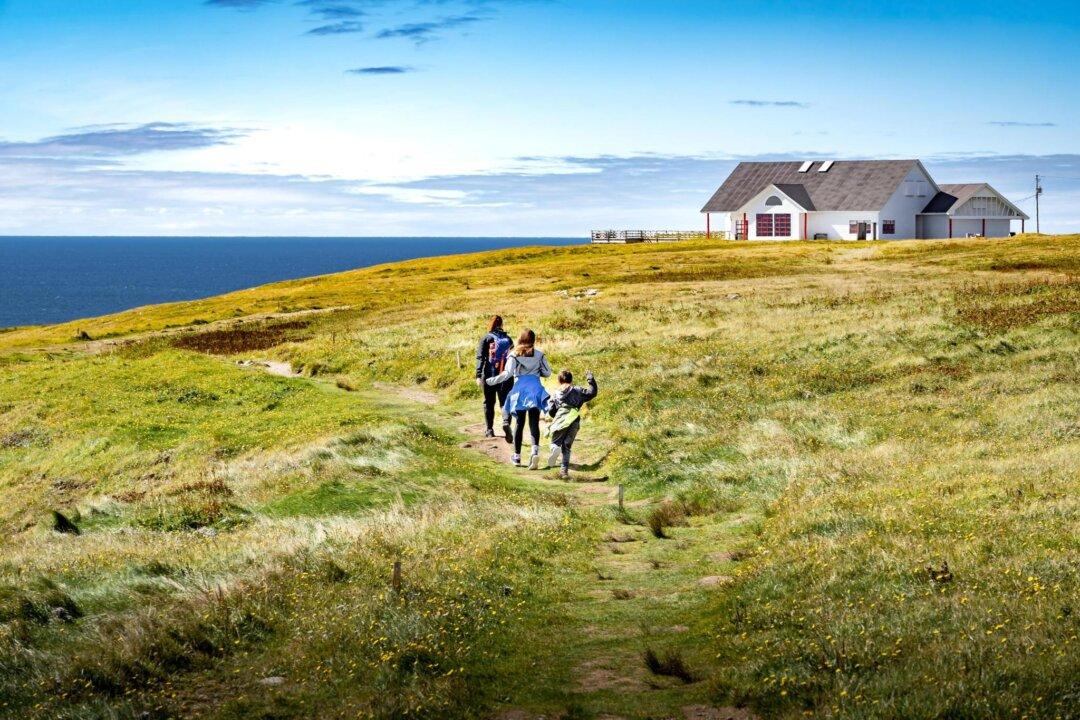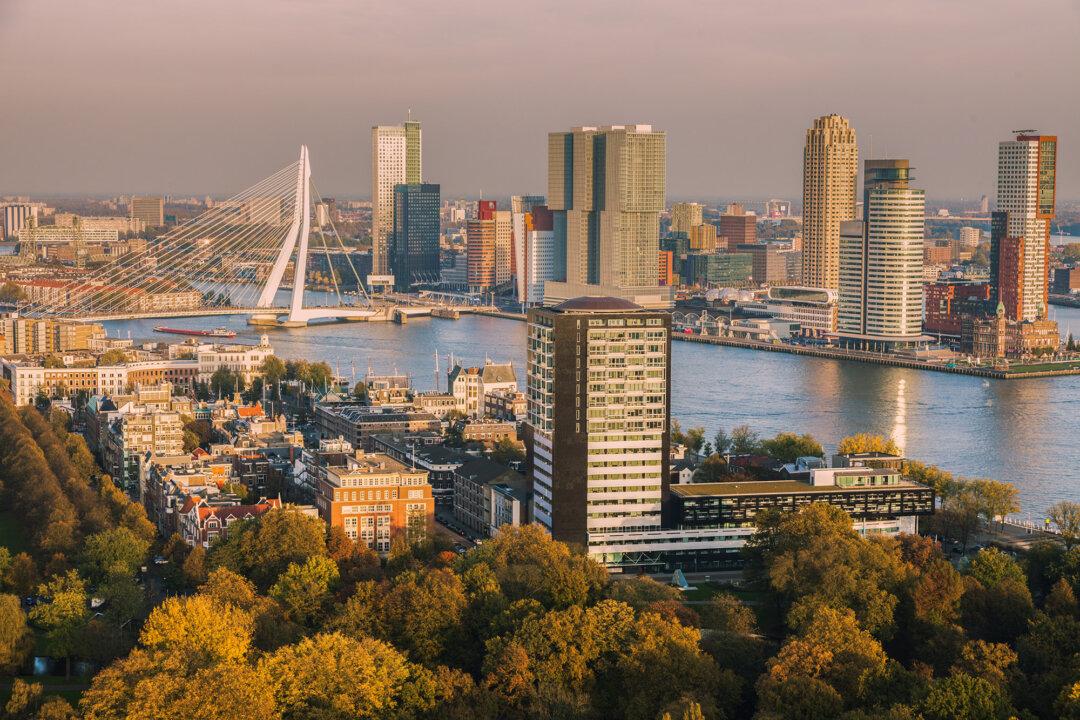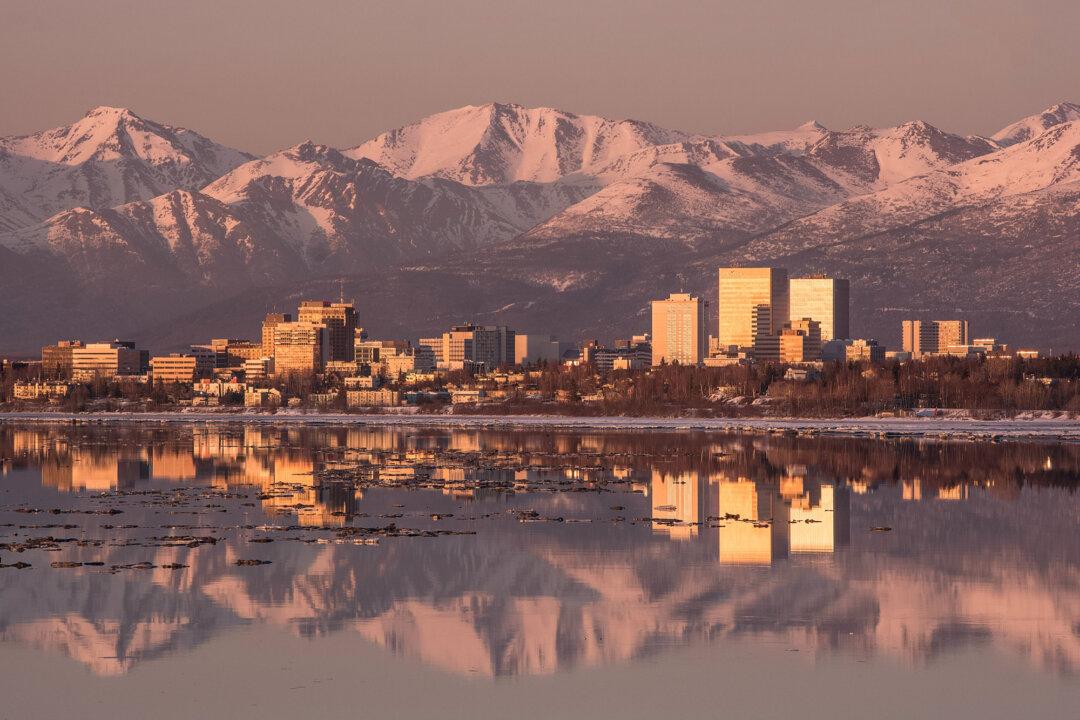There’s really, truly no other place on earth like Newfoundland. The world’s 16th-largest island, stretching to the easternmost point in North America, is rugged, dramatic, and beautiful. Just the names alone—places called the Wreckhouse, ridges named the Blow Me Down Mountains, towns like Bay Bulls and Grand Falls-Windsor—evoke powerful imagery of gorgeous remoteness, dark clouds sweeping the horizon, jagged peaks, thunderous waves, and winds so strong they’ll tear almost anything apart. Nature, endless, is all around you.
Over the course of several visits, I’ve come to love the place with all my heart. On a trip here, every day brings a new kind of magic. Beluga whales will play with you if you just come down to the dock. Seafood—crab, lobster, mussels—is served hot on your plate, fresh out of the bay. People became accustomed to helping one another over the centuries, and they extend almost unbelievable warmth and friendliness (and help, when needed) to people from “away.” And yet, Newfoundland remains a lesser-known travel destination for Americans. So, here is a quick introduction.





